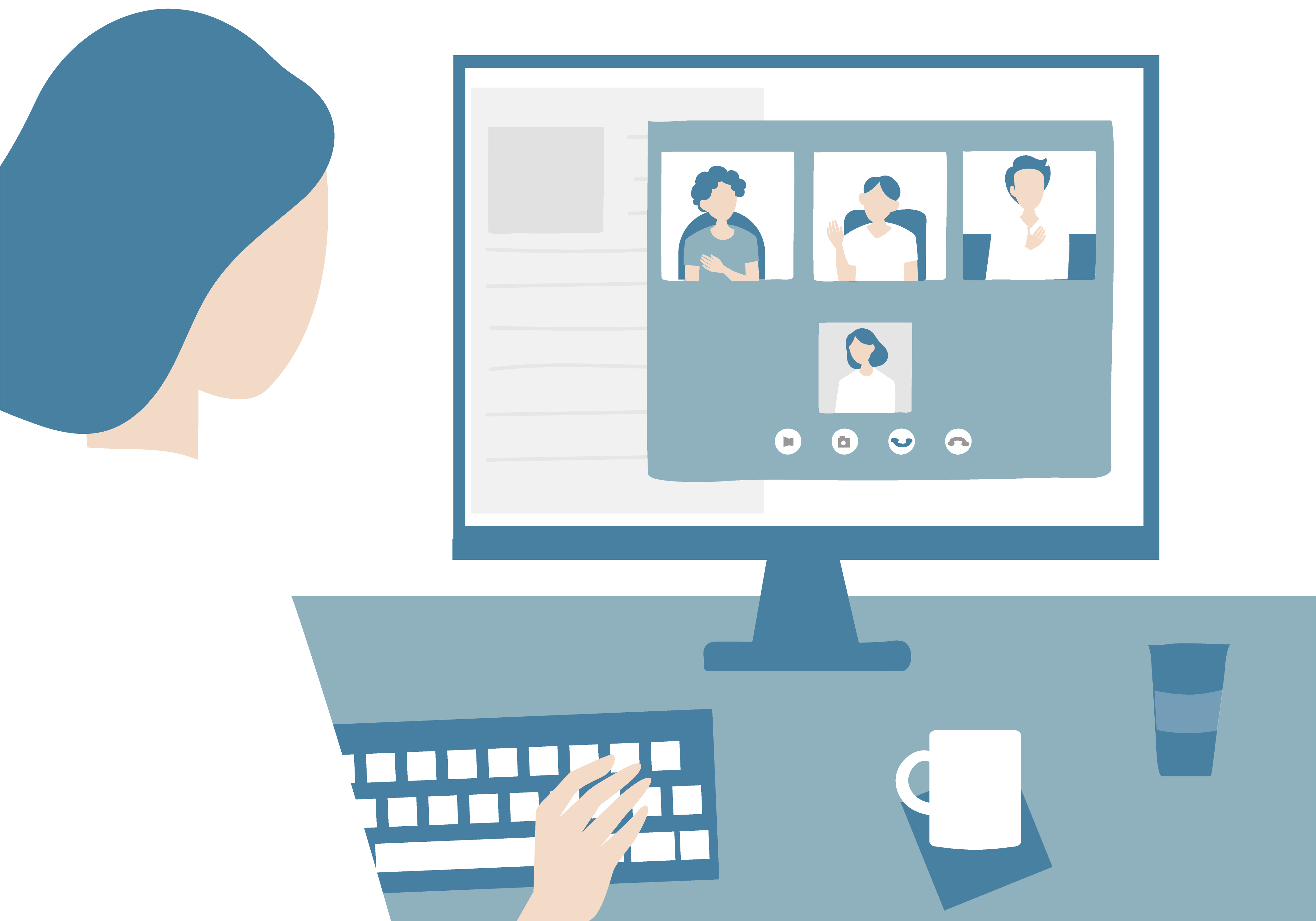Navigating Telehealth During a Pandemic
June 24, 2020
The Neuro-Oncology Branch of the National Cancer Institute and Wilmot Cancer Institute of the University of Rochester presented their webinar “Navigating Brain and Spine Tumor Care through Telehealth” on Friday, June 19th.
This webinar covered a variety of topics surrounding telehealth as many brain tumor patients are finding themselves exploring the options of telehealth for their treatment while staying safe during the COVID-19 pandemic.
What are the Types of Telehealth Visits?
- Live Video Conferencing – Using a software like Zoom or Skype you can have a live conversation with members of your medical team.
- Recorded Visits – Sending previously recorded visits with other medical team members to your primary doctor for review.
- Remote Patient Monitoring – Typically used for patients needing cardiac, epilepsy, or sleep monitoring while at home.
- Mobile Health – Using mobile devices to communicate with medical team.
Patients may choose to use one or more of these types of telehealth visits for multiple reasons including;
- Convenience – Ability for patients to stay home and still see their doctors.
- Cost – Depending on insurance coverage these visits could save the patient money.
- Access – Patients may be able to see their team more easily with the help of telehealth.
- Engagement – Telehealth could improve patients’ engagement and management of chronic conditions.
Dr. Nimish Mohile, Neuro-oncologist at Wilmot Cancer Institute, commented that he can get to know his patients on a more personal level with telehealth because he gets to see a patient’s home and in a comfortable space unlike in a doctor’s office.
There are great advantages to telehealth visits, but there can be some disadvantages as well.
- Visits – If a patient is seeing their doctor in-person and via telehealth, the number of interactions are increasing meaning the cost may increase as well.
- Technology – Any barriers or issues from technology could make a telehealth visit unbeneficial.
- Insurance – Coverage for telehealth visits has been a “gray area”.
- Physical – A full exam is not possible via telehealth
Preparing For a Telehealth Visit
- Test Your Equipment – Make sure that both the microphone and camera are working on your laptop, tablet, mobile device.
- Connect your device to a power source
- Use wired internet connection when available
- Close any unnecessary applications open on your device to ensure a clean connection
- Location – Choose a room in your house/apartment that is well-lit
- List out any questions and needed information before your visit begins
- Keep a list of medications, including dosage and frequency, handy for the visit
Once the visit begins, be sure to let your medical team know if there are any issues on your end or theirs with video or audio. A member of your team may ask a patient to walk around the room or make different motions with their face, hands, arms, legs, etc., so be sure your room has enough space to move around safely and in view of the camera.
Some doctors will allow your family or friends to be a part of the visit on their own device if they do not live with you. Check with your team before inviting anyone to join your next visit.
What Can Be Examined With Telehealth?
Not all aspects of a normal visit with a doctor can be accomplished via telehealth, but there is a lot that can be covered.
Neurological Exams
- Eye movements
- Facial weakness
- Strength
- Walking and coordination
Assessing Cognition
- Memory
- Attention
- Concentration
- Language
Observation
- Rashes
- Thrush
- Surgical scar
- Swelling
The following items doctors are unable to assess during a telehealth visit and may require an in-person appointment.
- Hearing and vision
- Listening to a patient’s heart and lungs
- Assessing weakness
- Checking reflexes
- Checking for abnormalities in sensation
- Feeling areas of swelling
For more information and resources about telehealth visits watch the full webinar above or read “What You Need to Know About a Virtual Doctor Visit“.
